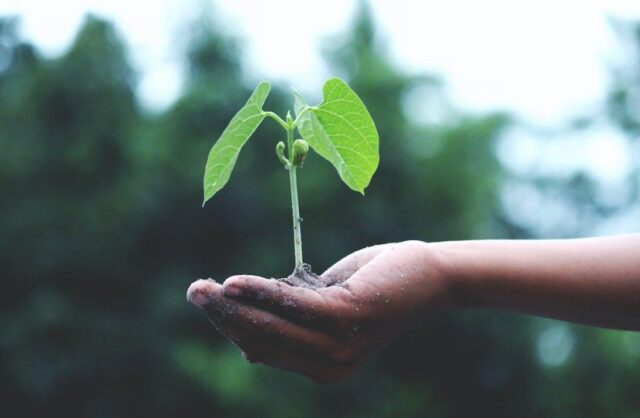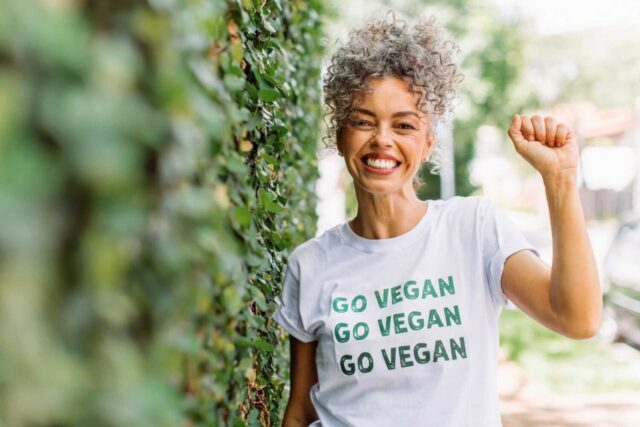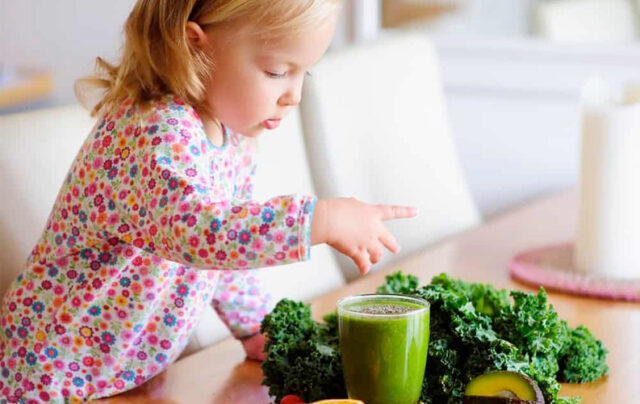
In the last few years there’s been a noticeable rise in conscious consumerism, a large part of which has to do with becoming more aware about the products we use, the food we consume and the clothes we wear, and their impact on the environment, wildlife and even other humans.
Whether you’re considering going plant-based for health reasons, concerned about the environment and animal rights, or a combination of all three, there’s never been a better time to make some changes that could benefit both you and the planet.

Dining Out
Some consider a plant-based diet to be restrictive, not just in terms of food options, but also when it comes to enjoying activities such as going to restaurants or ordering take-out, but in fact, there’s a whole world of vegan dining options to choose from.
Some restaurants may have designated vegan options – while others have menus built entirely around vegan food. Atlanta, Georgia is home to a veritable feast of vegan restaurants like Life Bistro, who offer a delicious range of traditional American and world foods (see website for details).
Staying In
One of the unexpected benefits of a plant-based diet is the fun of creating vegan dishes. There’s a huge range of amazing vegan recipes to be found online (a good place to search is Pinterest, so that you can gather all your recipes in one place). Some tasty suggestions include:
- Traditional meat-based dishes made with vegan meat-free protein like soy.
- Flavorful stews, soups and tagines (with beans and pulses for added protein).
- Stuffed bell peppers or mushrooms with a garden salad and couscous.
- Sandwiches and wraps with vegan fillings like plant-based cheese or vegan slices.
- Plant-based ice-cream served with fruit and drizzled with dairy-free chocolate sauce.
While vegan convenience foods are a good standby, the magic of vegan cooking is being able turn seemingly bland ingredients like tofu or canned jackfruit into something delicious, like a tasty alternative to scrambled egg flavored with garlic and turmeric or a “chick’n” pot pie with herbs and vegan “cream”.

Is Going Vegan Healthier?
From lower blood sugar to improved kidney and heart function, the health benefits of veganism are well-documented: yet one of the main concerns people have about plant-based eating is that it doesn’t offer the right amount and type of nutrients to stay healthy.
It’s worth bearing in mind that going vegan is all about doing things differently, not making do with less. Nutrients you would typically source from meat or dairy such as carnosine (an antioxidant which supports muscle function) can easily be replaced using other fortified foods or supplements.
Can Kids Go Vegan?
While some suggest a plant-based diet is safe from an early age (with the exception of some plant-based foods such as rice milk, which is unsuitable for under-3s), others note the potential for nutritional deficiencies. That said, one study noted that children on a vegan diet also tend to resort to processed foods, highlighting the importance of a balanced diet.
Ultimately, the most important factor is ensuring a child gets the nutrients they need for healthy brain and body development. One popular option is to take a flexitarian approach, where the child can try different foods (including some meat and dairy) before deciding whether they want to go vegan once they are fully-grown.

Is Veganism for Everyone?
When considering a change in diet, it’s important to learn as much as possible beforehand. This also relates to adults who are at risk of vitamin deficiencies or who may have genetic or microbial imbalances that would not benefit from switching to plant-based foods.
For this reason, it’s a good idea to consult with your doctor before making any significant dietary changes. Questions you can ask might involve things like potential side effects, or how it could affect existing health conditions.
Clothing and Other Lifestyle Choices
Veganism doesn’t have to be all-or-nothing: some choose to eat vegan, while others also opt not to wear or use products made with animal by-products in favor of seeking out vegan and cruelty-free options.

Clothes
While wearing fur has largely fallen out of fashion since the 1990s, some animal-sourced materials are still commonly used: the leather industry in particular faces ethical challenges on both environmental and social levels.
That being said, vegan leather is often made from polyurethane or polyvinyl chloride, both of which are manufactured using fossil fuels and which take a long time to decompose at landfill. There are however options made from plant-based fibers, or even recycled leather.
Health and Beauty Products
Concerns about animal testing, in addition to questions about the use of animal-derived ingredients in products like moisturizers and skin foundation have prompted many consumers to look more closely at the label before buying.
It’s important to note that while products with labels such as “natural”, “organic” or “clean” may not be vegan, those labeled “vegan” may not necessarily be cruelty free. Ideally, products should be labeled as both, featuring logos from trusted companies such as The Vegan Society and Leaping Bunny.
Other Products
Surprisingly, many other products besides clothing and healthcare also contain animal-derived ingredients: items such as photographs and playing cards are often coated with substances like gelatin and stearic acid, while animal fats are used in a variety of products from house-bricks and fabric softeners to plastic bags.
While it might not be possible to achieve a lifestyle completely free of animal by-products, the most important aspect to going vegan is deciding where you are able to make changes in your lifestyle in ways that are achievable and sustainable long-term.

Watch Out For Greenwashing
Many companies have caught onto the idea of conscious consumerism as a marketing ploy to take advantage of well-intentioned customers. Fortunately, consumers are now becoming more aware of these “greenwashing tactics’.
When shopping, look out for vague claims about eco-friendliness or fake certification logos, and consider the lifecycle of an item from production to shelf. The main way to avoid greenwashing is to conduct some research before buying: a useful tool to use is websites offering sustainability ratings.
Making Changes
When aiming for a more ethical lifestyle, it can be easy to get caught up in the pursuit of perfectionism, but it’s not always easy (or in some cases possible) to make changes: for example, many electronic devices we use every day are manufactured using animal-derived ingredients.
Whether you’re looking for restaurants serving delicious vegan food or browsing for the most ethical and sustainable clothing companies, remember to also be kind to yourself: Any positive changes you make (however small) can still make a difference in the world.














